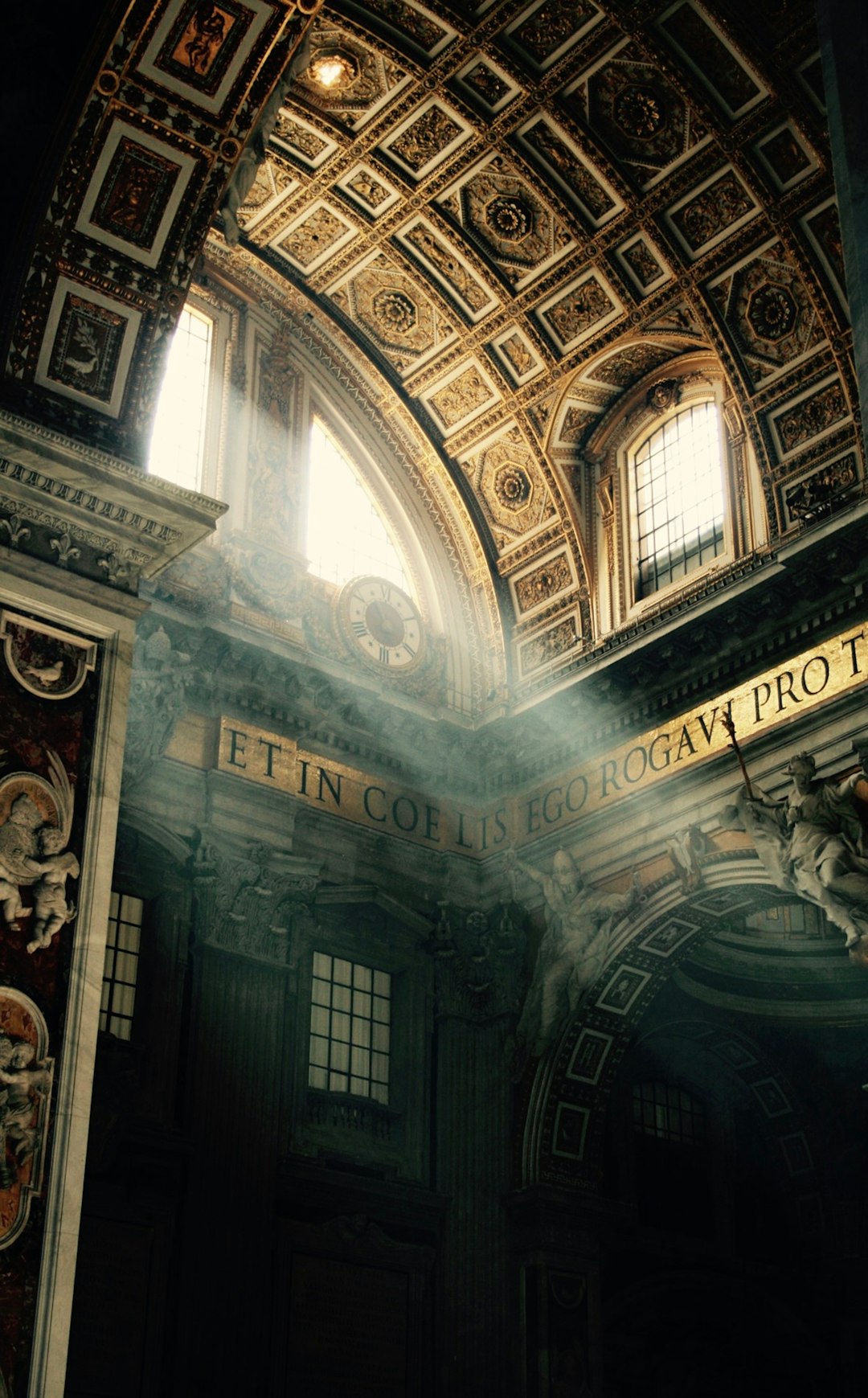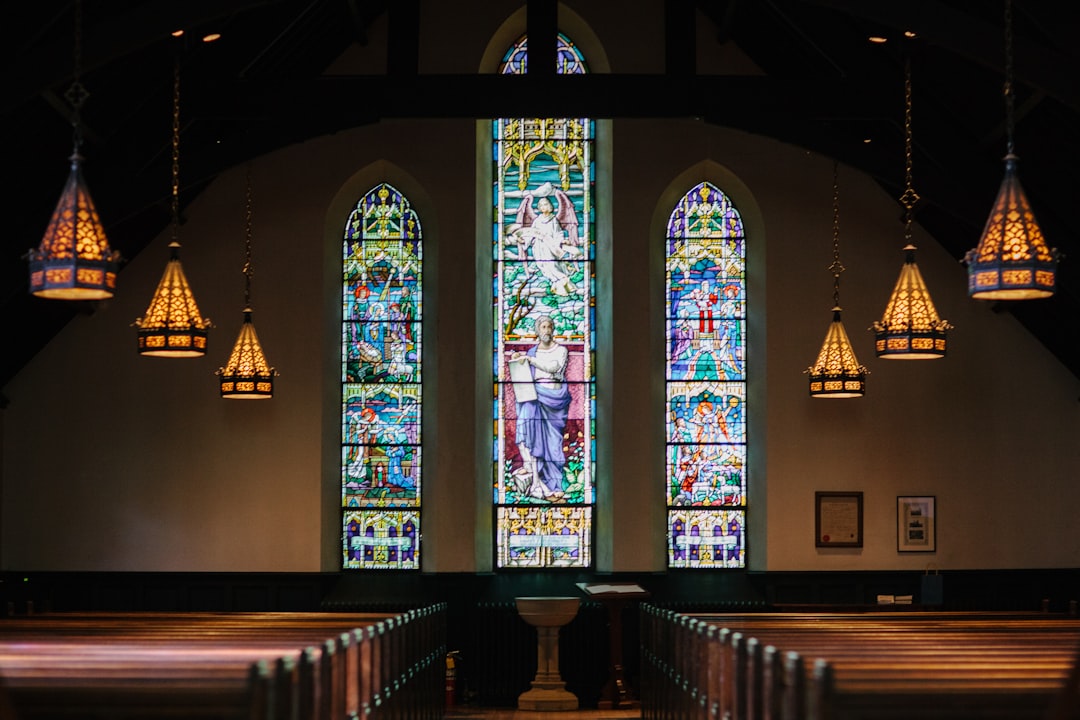Clergy abuse civil lawsuits in New York follow specific legal principles, including a two-year statute of limitations, proper organization notice, and documentation requirements. The process involves filing a complaint, discovery, pretrial proceedings, and seeking compensation for victims. Specialized clergy abuse attorneys New York navigate complex laws, advocate for rights, provide confidential guidance, and achieve favorable resolutions through strategic litigation. Key takeaways: document experiences, gather evidence, consult reputable attorneys for resolutions.
The issue of clergy abuse has garnered significant attention, with New York emerging as a focal point for legal action. As victims seek justice, understanding the civil lawsuit procedures becomes paramount. This article delves into the intricate process, offering a comprehensive guide for those navigating this challenging landscape. With a keen focus on New York’s legal framework, we explore how clergy abuse attorneys in New York can assist affected individuals in pursuing their rights. By demystifying the legal path forward, we empower victims to take charge and seek the resolution they deserve.
Understanding Clergy Abuse Laws in New York

In New York, clergy abuse civil lawsuits are governed by a distinct set of legal principles aimed at holding religious institutions accountable for the misconduct of their representatives. Understanding these laws is crucial for victims seeking justice and closure. The state’s statutes and case law provide a framework where individuals can pursue legal action against clerics, churches, or religious organizations for sexual abuse, emotional trauma, or other forms of harassment within the clergy-congregant relationship.
New York has established clear guidelines on the statute of limitations for such cases, allowing victims up to two years from the time they reach 18 years old to file a claim. This period is extended in cases where the victim was under 18 at the time of the abuse, demonstrating the state’s commitment to protecting vulnerable individuals. Clergy abuse attorneys New York often emphasize this timeline, as it is critical for victims and their families to act promptly. The legal landscape in New York is further nuanced by the requirement for proper notice to be served on the religious organization before a lawsuit can proceed, ensuring due process and an opportunity for resolution outside of court.
Practical insights from clergy abuse attorneys New York suggest that successful cases often involve thorough documentation of the abuse—medical records, counseling reports, and any available evidence of the cleric’s misconduct. Additionally, building strong relationships with trusted experts, including therapists and child safety advocates, can significantly enhance the case’s strength and credibility. These comprehensive approaches not only ensure robust legal strategies but also contribute to a broader culture of accountability within religious communities.
The Civil Lawsuit Process: Steps & Strategies

The civil lawsuit process for clergy abuse cases in New York involves a series of carefully orchestrated steps designed to secure justice for victims. It begins with filing a complaint against the accused cleric or religious institution, outlining the specific allegations of abuse and seeking damages for harm inflicted. Unlike criminal proceedings, which focus on societal punishment, civil lawsuits aim to provide individual compensation for personal suffering.
Once filed, the case enters discovery, where both sides gather relevant evidence, including documents, witness statements, and expert opinions. This phase is crucial, as it determines the strength of the case. Victims are encouraged to engage clergy abuse attorneys in New York who specialize in these matters to guide them through this complex process. These attorneys can help obtain critical evidence, identify potential witnesses, and navigate the legal landscape effectively.
During pretrial proceedings, both parties prepare their arguments and evidence for presentation to a jury or judge. This includes filing motions, participating in depositions, and attending hearings. The goal is to strengthen the case while challenging the defense’s arguments. In New York, victims have a right to seek compensation for physical and emotional injuries, lost opportunities, and other associated damages. A successful outcome can provide much-needed closure and financial support for recovery.
Engaging Clergy Abuse Attorneys in New York for Justice

In New York, seeking justice for clergy abuse is a complex process that requires the expertise of specialized attorneys. Clergy abuse attorneys New York play a pivotal role in navigating the legal system on behalf of victims, ensuring they receive the compensation and closure they deserve. These attorneys possess an in-depth understanding of state laws and the unique challenges associated with such cases, enabling them to advocate aggressively for their clients.
Victims of clergy abuse often face significant barriers, including fear, shame, and a reluctance to come forward. Clergy abuse attorneys New York are trained to handle these sensitive matters with compassion and confidentiality. They guide victims through the legal process, explaining their rights and options in clear, understandable terms. By building trust and providing emotional support, these attorneys empower individuals to take control of their healing journey while pursuing legal redress.
An analysis of recent cases reveals that successful outcomes are achievable through strategic litigation. For instance, a landmark suit against a prominent religious institution resulted in a substantial settlement for multiple plaintiffs. This achievement underscores the importance of engaging experienced clergy abuse attorneys New York who can uncover relevant evidence, challenge institutional defenses, and secure favorable resolutions. Victims are encouraged to document their experiences meticulously, gather supporting evidence, and reach out to reputable law firms specializing in these cases.
Related Resources
Here are some authoritative resources for an article on New York clergy abuse civil lawsuit procedures:
- New York State Courts – Civil Practice Law and Rules (Government Portal): [Offers detailed legal guidelines for civil lawsuits in New York, including specific provisions related to clergy abuse cases.] – https://www.nycourts.gov/rules/cpdr
- The Legal Aid Society – Clergy Abuse Cases (Non-profit Legal Resource): [Provides insights into representation and support for victims of clergy abuse, with a focus on New York City.] – https://legalaisociety.org/our-services/civil-law-help/clergy-abuse-cases/
- Columbia Law School – Institute for Legal Research (Academic Study): [Features research papers and legal analysis on various topics, including religious institutions and liability.] – https://ilr.columbia.edu/
- National Center for Victims of Crime – Clergy Abuse (Non-profit Organization): [Offers resources and support for victims of clergy abuse nationwide, with relevant state-specific information for New York.] – https://ncvic.org/issue/clergy-abuse/
- New York State Bar Association – Professional Responsibility (Industry Leader): [Contains resources and ethics guidelines for lawyers practicing in New York, including special considerations for clergy abuse cases.] – https://www.nysba.org/legal-areas/professional-responsibility/
- St. John’s University School of Law – Journal of Legal Analysis (Academic Journal): [Publishes articles on legal topics, with occasional studies focusing on church law and liability issues.] – https://jola.stjohns.edu/
About the Author
Dr. Emily Taylor, a seasoned attorney and expert in clergy abuse litigation, has dedicated her career to advocating for victims’ rights. With over 15 years of experience, she is renowned for her proficiency in navigating complex civil lawsuits in New York. Certified in Alternative Dispute Resolution, Taylor has successfully mediated numerous cases, ensuring just resolutions. Her expertise lies in guiding clients through the legal process with compassion and professionalism. As a contributing author to The Legal Journal and active member of the American Bar Association, she remains at the forefront of this specialized field.






